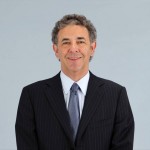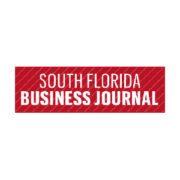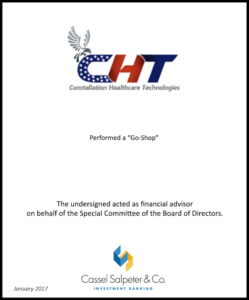Will C&I clients make South Florida worth the risk for Iberia?
By John Reosti
Daryl Byrd knows that South Florida is one of the country’s most fickle markets. He knows that it is prone to wild swings — one year cranes are everywhere and the next it’s vacant condos as far as the eye can see.
Yet his company, Iberiabank, is making the biggest deal in its history there, betting that the attractive demographics and potential commercial clients will be worth the risk.
The $1 billion purchase of Sabadell United Bank would add nearly $6 billion in assets to Iberia, of Lafayette, La. It would more than double the size of Iberiabank’s Florida operations and meaningfully increase its exposure to the Miami area, where most of Sabadell United’s branches are located.
Banks in South Florida were hit hard by the financial crisis, especially lenders that focused on condo lending. Unemployment stayed at double digits for several years, and seven area banks failed between 2008 and 2013.
The market has bounced back strongly, with its population, employment and the overall economy growing at a rapid pace.
Those ups and downs have some industry observers conflicted about the deal.
While calling the acquisition a “very bold strategic stroke,” Joseph Fenech, an analyst at Hovde Group, also expressed “mixed emotions” about the transaction. “The deal has some intriguing aspects to it, though it’s not without its share of risk.”
Banks that conduct business around Miami should also expect added regulatory scrutiny when it comes to anti-money-laundering measures and the Bank Secrecy Act, said Ken Achenbach, a lawyer at Bryan Cave in Atlanta
who was not involved with the deal. Regulators, for instance, will want to know if Iberiabank’s compliance systems are up to snuff.
“It’s not just the balance sheet and capital adequacy that gets looked at” by regulators reviewing the merger application, Achenbach said. “Thinking about risks beyond credit … has become much more sophisticated as banking has grown in complexity.”
Iberiabank has almost certainly factored regulators’ attitudes into its preparations, Achenbach said.
Sabadell United’s foreign ownership is another wild card for regulatory review. Spain’s Banco Sabadell entered South Florida in 2007 when it acquired the $580 million-asset TransAtlantic Bank in Miami. Over the next decade it built the franchise through organic growth and acquisitions.
The deal’s pricing — valuing Sabadell United at nearly 200% of its tangible book value — was also a subject of debate. Iberiabank will also sell $500 million of common stock, on top of a $280 million offering in December, to help pay for the acquisition.
“The financial attractiveness of the deal strikes us as less compelling than the strategic aspects,” Fenech said. Iberiabank “is paying a fairly full price for economics that seem neutral — at least over the intermediate term — to the pro forma earnings profile.”
While the price is far from a bargain, Chris Marinac, an analyst at FIG Partners, said it is in line with typical transactions in Florida. He also expressed optimism for the financial modeling, which he viewed as very conservative.
Iberiabank is largely counting on cost-cutting to make its numbers work, vowing to reduce Sabadell United’s annual expenses by 27% in order to achieve 6% earning accretion next year.
The company, however, was excited about the market’s growth prospects.
“With a population of over 6 million people, the greater Miami area is a dynamic market with a strong concentration of commercial-and-industrial clients that are particularly attractive to us,” Byrd, Iberiabank’s president and CEO, said in a press release announcing the deal.
Efforts to reach Byrd for additional comment were unsuccessful.
There is upside if Iberiabank can boost revenue without disrupting Sabadell United’s culture, industry observers said.
“This gives them a real presence in an area with a growing population,” said James Cassel, chairman of the Miami investment bank Cassel Salpeter & Co., which was not involved in the deal. Iberiabank “never had much of a footprint” in South Florida, he said.
Banco Sabadell “always kept that local feel,” Cassel added. “They ran it as a community bank.”
Marinac noted that Sabadell United’s net interest margin is roughly 3%, adding that Iberiabank could make the deal “even more accretive” by simply boosting that metric by 25 basis points.
“The key is execution,” Marinac said. Iberiabank has “to retain key people and deepen the relationships it’s buying.”
Click here to view original article.



 Strategic planning is one of the most popular but least frequently implemented New Year’s resolutions for middle-market business owners. While most business owners agree that strategic planning can provide a roadmap to drive their business growth, long-term survival and profitability, many fail to devote the necessary time, energy and resources to do it right, if at all.
Strategic planning is one of the most popular but least frequently implemented New Year’s resolutions for middle-market business owners. While most business owners agree that strategic planning can provide a roadmap to drive their business growth, long-term survival and profitability, many fail to devote the necessary time, energy and resources to do it right, if at all.




